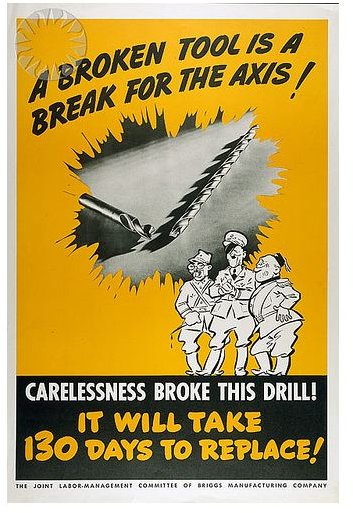Best Practices Related to Keeping Documentation of Employee Discipline
Disciplinary actions aim to reprimand employees for inappropriate or non-permissible behavior that violates company policy. The procedure starts with the employee asked to explain the misdemeanor, progresses with an inquiry, and can end with the employee either acquitted or suspended, demoted, dismissed, or reassigned without his or her voluntarily consent.
Keeping documentation of employee discipline is an important consideration of the disciplinary action procedure. Many employees challenge the disciplinary action, especially terminations, in court. The company’s major, and usually only, defense in such situations is a series of paper trails that establish the validity of disciplinary action. Inaccurate or fraudulent disciplinary actions and employee lawsuits can cause the company loss of face, money, and reputation, and sow the seeds for similar actions by employees in the future. Companies would do well to follow these best practices related to keeping documentation of employee disciplinary actions.
Establish a Paper Trail
The primary consideration when keeping documentation of employee disciplinary actions is establishing a paper trail.
Many employers fail to keep any records, others fail to maintain records in a systematic and organized way, and still others make the mistake of documenting only the disciplinary action taken, purging documents related to the procedure to save on valuable space.
Another mistake employers make is extending the concept of a paperless office and keeping only electronic versions of disciplinary records. While electronic files have their ues and remain acceptable in many situations, courts may not accept all electronic records as evidence. Moreover, it is relatively easier to manipulate electronic records than paper records.
The best approach when keeping documentation of employee discipline is to have proper paper documentation, which details both the procedure and result of the disciplinary proceedings. Each employee may have a separate file, or each case may have a separate file, as appropriate.
Detailed Documentation
One good practice is to provide detailed documentation that covers the following aspects:
- The what, when, why, where, who and how of the misconduct or misdemeanor.
- Customer complaints, complaints by other employees, evidence captured by camera, and other records related to the issue.
- How the misconduct was identified.
- The initial response of the management. Include warning letters and details of support provided to the employee, such as counseling or training.
- Details of any repeat offenses.
- The letter to the employee stating the misconduct and asking the employee why action should not be taken for the misconduct.
- The employee’s acknowledgement of the letter.
- The employees reply, if any.
- Signed minutes of the inquiry meeting, including details such as the people who conducted the proceedings, the methodology of the proceedings, the people interviewed, the materials examined, and the final verdict.
- The decision of the meeting, communicated to the employee.
- The same records for the employee’s appeal, if any.
Make sure to date and time stamp all documents, and also get the signature of all relevant parties, whenever appropriate.
Legal Compliance
A basic consideration when keeping documentation of employee discipline action is to ensure that such documentation meets legal compliance.
The law mandates the employer sending a notice to the marked employee revealing the nature of charge and the proposed disciplinary action, and providing the employee with an opportunity to present his or her side of the issue. The employer should consider the employee’s explanation before deciding on the punishment, and having made a decision, communicate the same to the employee. The employee has the right to appeal, when the process repeats itself at a higher echelon of the company. It is usually when the employee loses the appeal that he or she files a suit.
The documentation of disciplinary action has to establish that the company has followed such basic procedure, and adhered to all of the latest rules and regulations mandated in the company handbooks and various federal and state laws on the subject. Failure to do so increases the risk of the courts considering the dismissal or any other disciplinary action taken as unfair, and many order reinstatement and/or compensation to employees.
Proper documentation also establishes preceedents that serve the company well when making decisions on similar cases in future.
References
- Duncam, Nikki. “Disciplinary and Grievance Procedure: rights and best practice.” Personnel Today. https://www.personneltoday.com/articles/2005/09/21/26182/disciplinary-and-grievance-procedure-rights-and-best.html. Retrieved 07 March 2011.
- Univetrsity of california, san Francisco. “Taking Disciplinary Action.” https://ucsfhr.ucsf.edu/index.php/pubs/hrguidearticle/chapter-23-taking-disciplinary-action/. Retrieved 07 March 2011.
Image Credit: flickr.com/Carl Malamud
